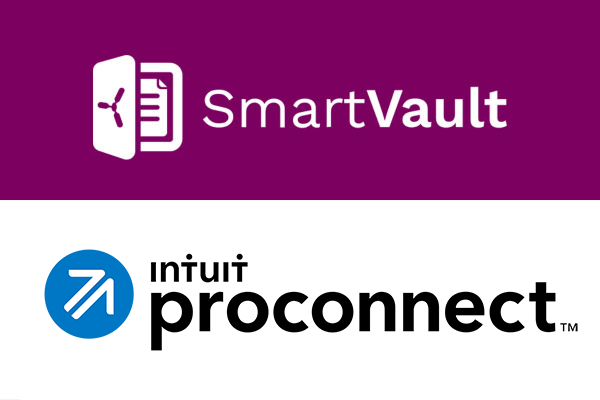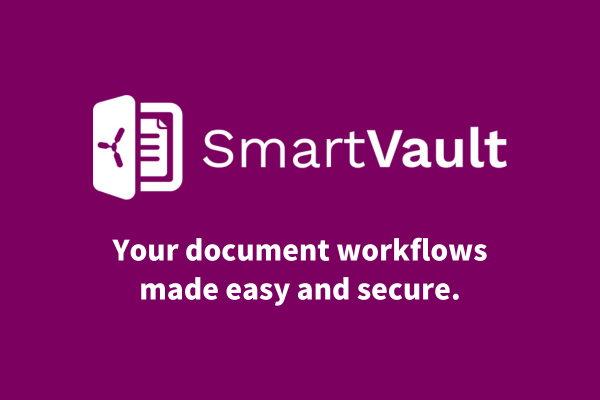
4 Changes Accountants Need to Know About for the 2023/2024 Tax Season
As you start sending out reminders to your clients to prepare their tax documents and send them in ahead of the beginning of the 2024 tax filing season, it’s important to also take some time to review the changes the IRS has made over the last year. By staying on top of everything that’s happened with taxes throughout the year, you’ll be better able to prepare clients ahead of time and avoid panicked phone calls once 1099s start rolling in.
Below, we’ll review four major changes tax preparers should expect in the 2024 busy season:
-
The Internal Revenue Service raised the income tax deduction threshold.
One recent change the IRS has made is to the income tax threshold for tax brackets. For 2024, the standard deduction has been increased by 5.4%, reflecting the agency’s efforts to adjust to the elevated rates of inflation we’ve been seeing all year.Rather than majorly changing taxpayers’ burdens, the move is instead meant to keep Americans in their current tax bracket if any additional income they’ve earned has only gone towards paying higher living costs.
So, as a result of these alterations, the new standard deduction for married couples filing jointly has gone up to $29,200—an increase of $1,500. Single taxpayers and married persons filing separately will have a standard deduction of $14,600, an increase of $750 from the current tax year. And, heads of household will have a standard deduction of $21,900, or $1,100 more than the current tax year.
-
A number of provisions from the Inflation Reduction Act have gone into effect for the 2023-2024 tax year.
The Inflation Reduction Act, which was signed into law in August of 2022, was a landmark piece of federal legislation intended to—as the name suggests—reduce inflation through a number of methods, including lowering prescription drug costs, promoting clean energy, and investing into domestic energy production. Among other things, it contained a number of provisions concerning tax credits, many of which will impact the 2023/2024 tax filing year.Taxpayers who purchase an energy-efficient residential property—like a house with solar panels and/or solar water heaters—between January 1, 2022 and December 31, 2032, will receive an increased solar energy credit of 30%. Similarly, the energy-efficient home improvement credit for homeowners has gone up from 10% of the cost of qualifying improvements to 30% for tax year 2023. The maximum you can claim for these improvements is now up to $1,200; homeowners who purchase qualifying heat pumps and biomass boilers and stoves can claim up to $2,000 per year. Furthermore, the previous $500 lifetime dollar limit has been removed entirely.
Additionally, for the first time, qualifying taxpayers who bought a used electric vehicle (EV) in the last year could be eligible for a tax credit of either $4,000 or 30% of the sale price, whichever is lower. Whether or not your client is eligible for this credit depends on a number of factors, including their income, the price of the EV they purchased, and whether the final assembly of the car took place in North America.
-
Student loan payments have started again.
In early summer, Congress decided not to extend the student loan payment pause. As a result, student loan interest resumed on September 1, 2023, and payments started being due again last month. It’s important to remind clients who have student loans that they can deduct up to $2,500 of the student loan interest they’re paying from their taxes. -
The IRS improved paperless processing by enhancing its digital services tools.
The Internal Revenue Service has long been criticized for lengthy tax processing times, long phone call wait times, and other inefficiencies that made tax filing incredibly time-consuming. Over the last year, it made a concerted effort to make e-filing much easier through its Paperless Processing Initiative, and it reached its first goal a few months ahead of schedule. As a result, taxpayers can now digitally submit their responses to notices they get from the IRS and other correspondence using the agency’s Document Upload Tool.The IRS is working to meet the second goal of the Paperless Processing Initiative now. By the start of the 2024 tax filing season, it promises taxpayers will have the option to e-file 20 additional tax forms, including amendments to Forms 940, 941, 941-S, and 941(PR).
Have a Secure, Paperless Tax Season with a Document Management System for CPAs
Moving to a paperless practice can increase productivity, reduce errors, keep your data safe, improve customer and staff satisfaction, help the environment, and more. And as more and more businesses offer digital collaboration with their clients, accounting professionals who don’t do the same are more likely to get left for a competitor.
It seems like a no-brainer to ditch the paper, right?
SmartVault is a cloud-based document management system and client portal that helps over 30,000 accountants and their clients securely gather, store, share, and eSign documents in the cloud. To see how SmartVault can make your tax season paperless and more efficient, schedule a demo with us today.



